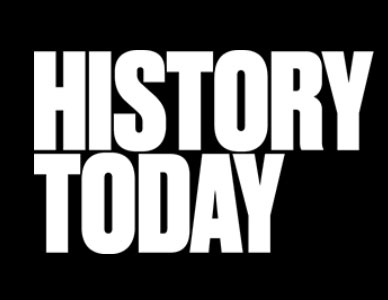General Auchmuty: A Soldier Overseas
‘If Napoleon had conducted the campaign of Java exactly as did Auchmuty, whole libraries would have been written in laudation of it. Yet this brilliant and sterling soldier has been forgotten.’ So wrote Sir John Fortescue in his History of the British Army. A loyalist, born in New York, Auchmuty served the British Crown in India, Egypt, Latin America and Java. By Bernard Pool.




